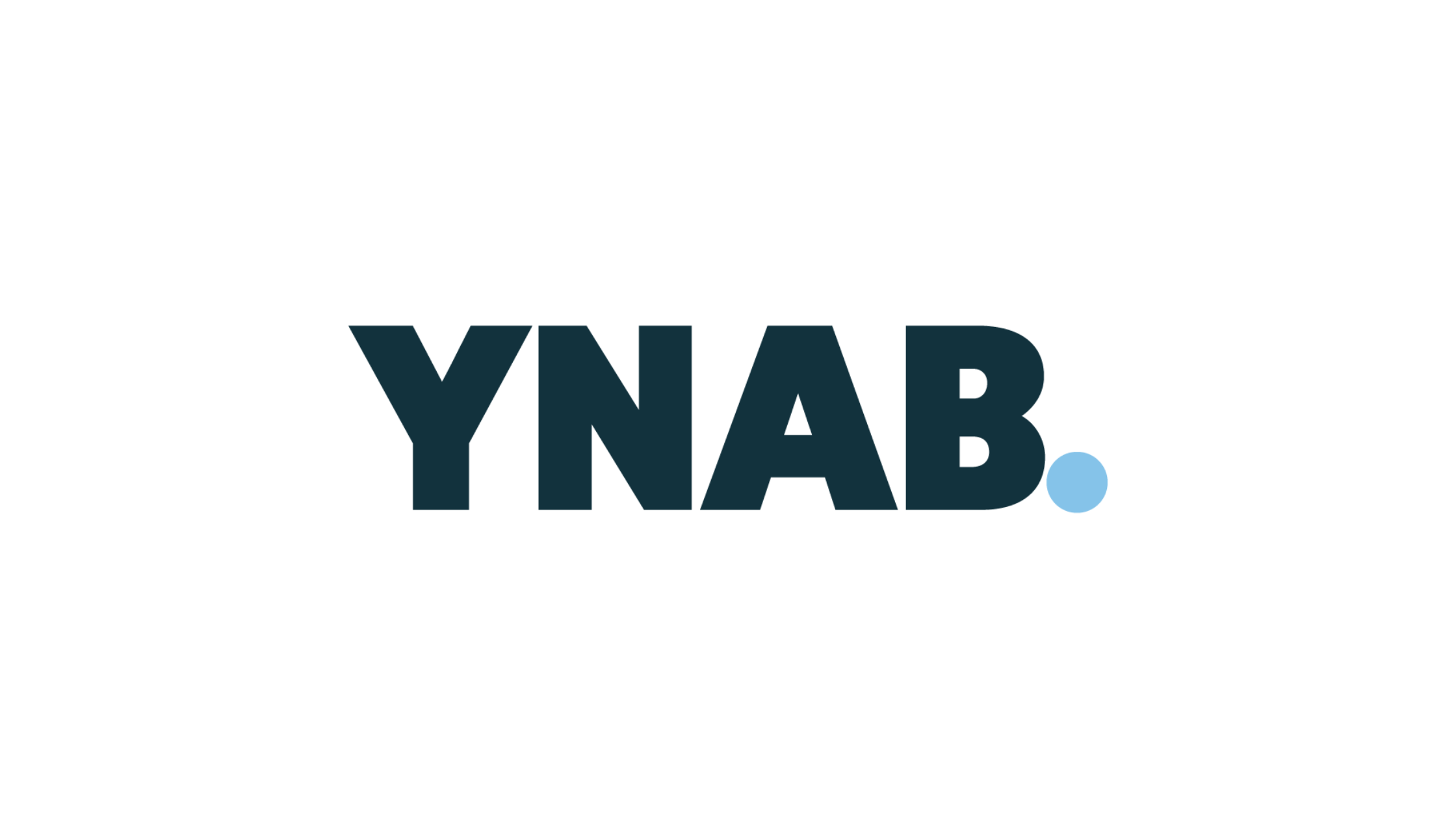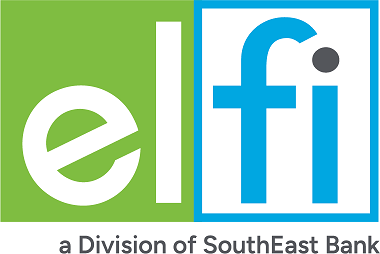Summary: Direct Unsubsidized Loans, often referred to as Unsubsidized Stafford Loans, are federal loans provided through the Direct Loans program. These loans are open to undergraduate, graduate, and professional students, offering a fixed, low interest rate and flexible repayment plans. The best part? You don't need to prove financial need to be eligible. Keep in mind, though, unlike subsidized loans, you’re required to cover all the interest that accrues until the loan is completely repaid.
- Unsubsidized federal student loans do not require financial need for eligibility.
- Unsubsidized Federal Student Loans are available to undergraduate and graduate students.
- Interest accrues on these loans as soon as they are disbursed.
- Direct Unsubsidized Loans have a six month grace period once the student drops below half-time enrollment or completes their program.
- All undergraduate students can borrow up to $5,500 in the first year (varies for dependent/independent status) and up to $7,500 per year afterwards.
- Income-driven repayment plans depend on the borrower's income and family size.
What is a Direct Unsubsidized Loan?
Direct Unsubsidized Loans (sometimes called Unsubsidized Stafford Loans) are low-cost, fixed-rate federal student loans available to both undergraduate and graduate students. Financial need is not required, so even students from wealthier families can borrow Direct Unsubsidized Loans.
Key Benefits:
- Fixed interest rate of 6.53% for undergraduate students for the 2024 - 2025 academic year
- Fixed interest rate of 8.08% for graduate and professional students for the 2024 - 2025 academic year
- No payments while enrolled in school
- Eligibility not based on demonstrated financial need or credit
- Multiple repayment plans (including income-based) available
How to Apply for a Direct Unsubsidized Loan
- Complete the Free Application for Federal Student Aid (FAFSA®) or Renewal FAFSA (for returning students) at StudentAid.gov.
- Receive your financial aid award letter by mail or email from your school's financial aid office. This letter will summarize your available financial aid, including Direct Subsidized Loans (if eligible) and Direct Unsubsidized Loans.
- Contact your financial aid office to accept the financial aid, including student loans.
- Sign any associated paperwork, such as the Master Promissory Note (MPN).
Direct Unsubsidized Loan Eligibility
Most students who qualify for federal aid are eligible to take out a Direct Unsubsidized Loan.
Your family’s financial circumstances do not matter. Even wealthy families can qualify.
- U.S. citizen, national, or eligible non-citizen
- Have received a high school diploma or the equivalent (e.g., GED)
- Enrolled at least half-time in an eligible degree or certificate program
- Not in default on any existing federal student loans
- Meet general eligibility requirements for federal student aid
- Credit check
- Cosigner
- Separate loan application
Direct Unsubsidized Loan Interest Rates
The interest rates on Direct Unsubsidized Loans are fixed and do not change over the life of the loan.
Every year on July 1, interest rates reset for new loans first disbursed on or after July 1.
Private Student Loan Rates
Variable rates starting at:
4.36% APR
Fixed rates starting at:
2.71% APR
Lowest APRs shown for Private Student Loans are available for the most creditworthy applicants for undergraduate loans, and include a 0.25% interest rate reduction while enrolled in automatic payments. Interest rates as of March 4, 2024.
Federal Student Loan Rates
For loans first disbursed July 1, 2024 through June 30, 2025
6.53%
Undergraduate
8.08%
Graduate
9.08%
PLUS Loans
The interest on a Direct Unsubsidized Loan starts to add up (accrue) from the date the loan is first disbursed.
Direct Unsubsidized Loan Fees
The current fee (Oct. 1, 2024 - Sept. 30, 2025) on Direct Loans is 1.057%. Fees are deducted from each loan disbursement. You can ask the college financial aid office to increase the loan amount to cover the fees, up to the annual loan limit.
Direct Loan Limits: How Much You Can Borrow
The amount you can borrow from the Direct Loans program is subject to annual and aggregate loan limits:
- Annual limits specify how much you can borrow each academic year.
- Aggregate limits (also called cumulative limits) specify how much you can borrow through the loan program.
The following graphic outlines the various loan limits for different types of students, and annual and aggregate limits for subsidized and unsubsidized loans.

I am a dependent undergraduate student. How can I get my loan limits increased?
Dependency Override
If you have unusual family circumstances (such as a parent in prison), contact your school’s financial aid office and ask for a dependency override to get independent student limits.
Parent PLUS Loan Denial
If your parent is denied for a Parent PLUS Loan, you become eligible for the same loan limits as independent students. Contact your school’s financial aid office for details.
Loan limits are also capped at the college’s annual cost of attendance.
The cost of attendance includes:
- Tuition and fees
- Room and board
- Books
- Supplies
- Equipment
- Transportation
- Miscellaneous personal expenses

How Loan Funds are Distributed
If you are a first-time borrower of Direct Loans, attending entrance counseling is necessary before your loan funds are disbursed to your school. While some schools conduct in-person sessions, many provide online options. During counseling, you will gain insights into loan terms and requirements.
You will also be required to sign a Master Promissory Note (MPN) before the loans can be disbursed.
The Direct Loan program sends the funds to your school to be credited to your student account. In most cases, the loan will be sent (disbursed) in at least two installments.
Special reminder: There is typically a 30-day delay in disbursing student loans to first-time, first-year borrowers.
Loan funds are credited to your account in this order:
- Tuition and fees
- Room and board (if you are living in college-owned student housing)
- Other school charges (with your permission)
If any loan funds remain in your account, the credit balance will be refunded to you by check, cash, debit card, or electronic funds transfer (EFT) to your bank account. Remember, the refund must be used to pay for your direct and indirect education expenses, such as textbooks, supplies, and equipment.
Read our blog on financial aid disbursement for more details.
In-School Deferment and Grace Period
While you are enrolled in school at least half-time, your Direct Loans will be placed into deferment, meaning no payments are required. After graduation or dropping below half-time enrollment, there is a 6-month grace period without payments.
It's crucial to understand that interest begins accruing on your Direct Unsubsidized Loans once the funds are disbursed to your school. Even though payments are not due during this period, interest continues to accumulate.
Repayment
The standard repayment term on Direct Loans is 10 years. However, you can qualify for a longer repayment term if you consolidate the loans or have more than $30,000 in federal student loans.
Direct Unsubsidized Loans are eligible for all of the different repayment plans offered by the U.S. Department of Education.
Eligible repayment plans:
- Standard Repayment
- Extended Repayment
- Graduated Repayment
- Revised Pay-As-You-Earn (REPAYE) Repayment
- Pay-As-You-Earn (PAYE) Repayment
- Income-Based Repayment (IBR)
- Income-Contingent Repayment (ICR)
- Income-Sensitive Repayment (ISR)
Further Reading
For more information, read our complete guide to federal undergraduate student loans.
Recommendations
- File the FAFSA every year to maintain eligibility for student aid.
- Apply for grants and scholarships.
- Borrow Direct Subsidized Loans (if eligible) first. Then, take out Direct Unsubsidized Loans. If you have borrowed the maximum and still can’t pay all of your costs, consider other funding options.
- Compare the costs and benefits of Parent PLUS Loans and private student loans. If you have a creditworthy cosigner, you may get a lower interest rate with a private student loan.
Learn More About Federal Student Loans
Comparing Subsidized and Unsubsidized Student Loans
Health Professions Student Loans
























